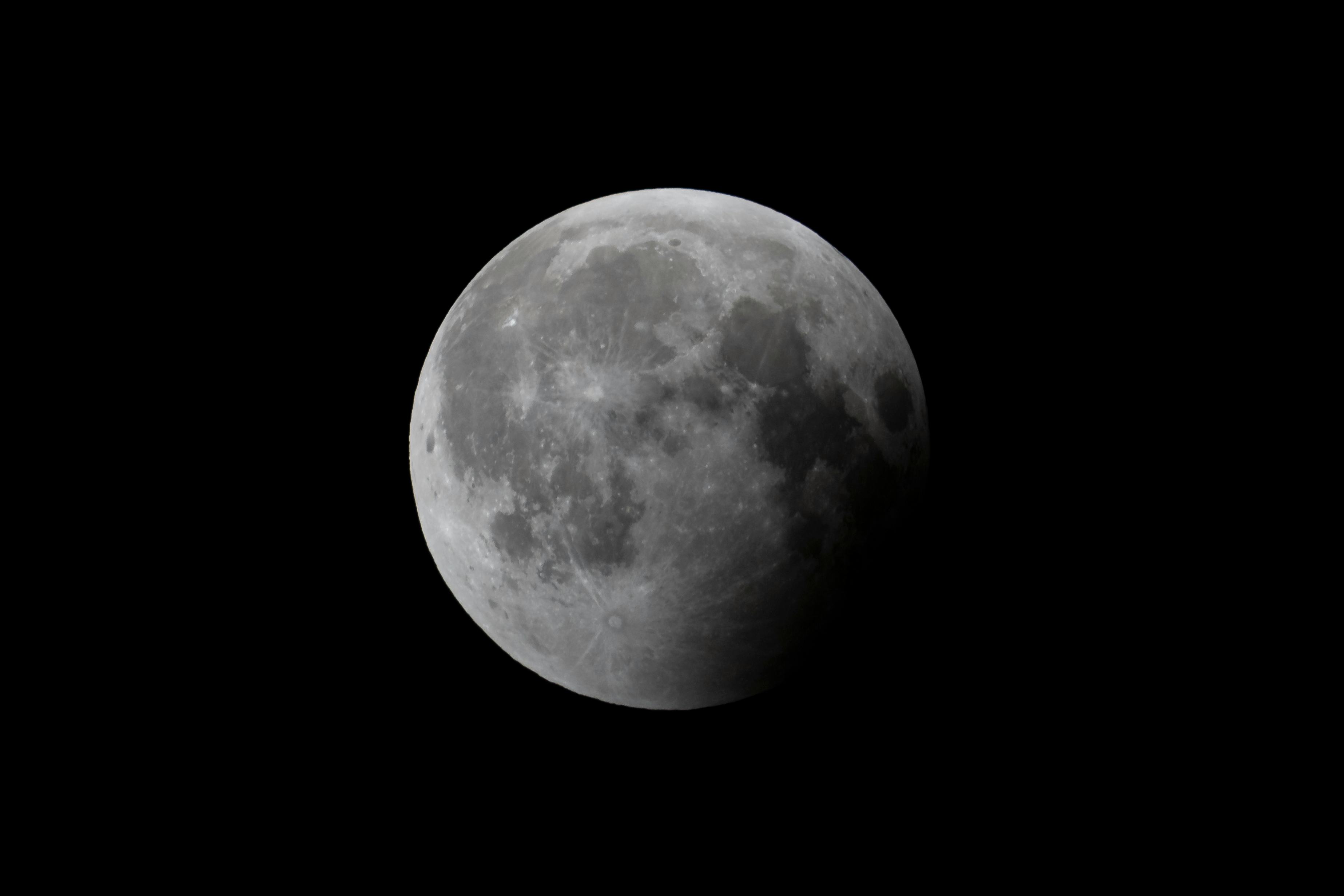
Ever howled at the moon? It’s a rather therapeutic exercise and I can’t endorse it enough. Just clear your throat, look up, and let rip. Ready? Great, because there’s a full wolf moon on January 28, 2021, primetime for a howling. What is a Full Wolf Moon, you ask? Sadly, it has nothing to do with an extremely hairy Michael J. Fox. Hate to break it to you, ‘80s movie fans, but Teen Wolf will not be making an appearance this evening. What will be rising up is a lunar spectacle you won’t want to miss.
What is a Full Wolf Moon & when can you see it?
According to the Old Farmer’s Almanac, the Full Wolf Moon is the name given to the first full moon of the year. It takes its name from wolves that would howl in hunger outside Native American villages. But it’s not limited to North American traditions. The video goes on to say that the moon appears in folklore in many places around the world, including German and Scandinavian mythology.
The January 2021 full moon is extra special because of how early it rises: at 2:16 p.m.
Considering the Full Wolf Moon only occurs once a year, you'll have to wait until January 2022 to catch the next one, but there are plenty of other full moons scheduled for the 2021 calendar year, and they each have a unique name. Like the title Full Wolf Moon, Space.com says the full moon names come from Native American traditions of keeping track of the seasons by the lunar cycle.
- February 27 -- Snow moon
- March 28 -- Worm moon
- April 26 -- Pink moon
- May 26 -- Flower moon
- June 24 -- Strawberry moon
- July 23 -- Buck moon
- August 22 -- Sturgeon moon
- September 20 -- Harvest moon
- October 20 -- Hunter's moon
- November 19 -- Beaver moon
- December 18 -- Cold moon
How to see the Full Wolf Moon
Here’s howl to get a look at this beautiful site. LiveScience reports that the moon will be at its fullest at 2:16 p.m. ET on January 28. But it’s cycle will last three days through Saturday morning, January 30, 2021.
NASA says that you can look straight up at it and will be able to see it clearly (barring any significant weather disruptions). But if you want to get a really great look, peer through a telescope and you just might be able to spot more specific features on the moon’s surface, for example, The Sea of Tranquility, the spot where Neil Armstrong first walked on the moon.
For more information on this lovely lunar event, head to almanac.com/content/full-moon-january.

0 comments:
Post a Comment